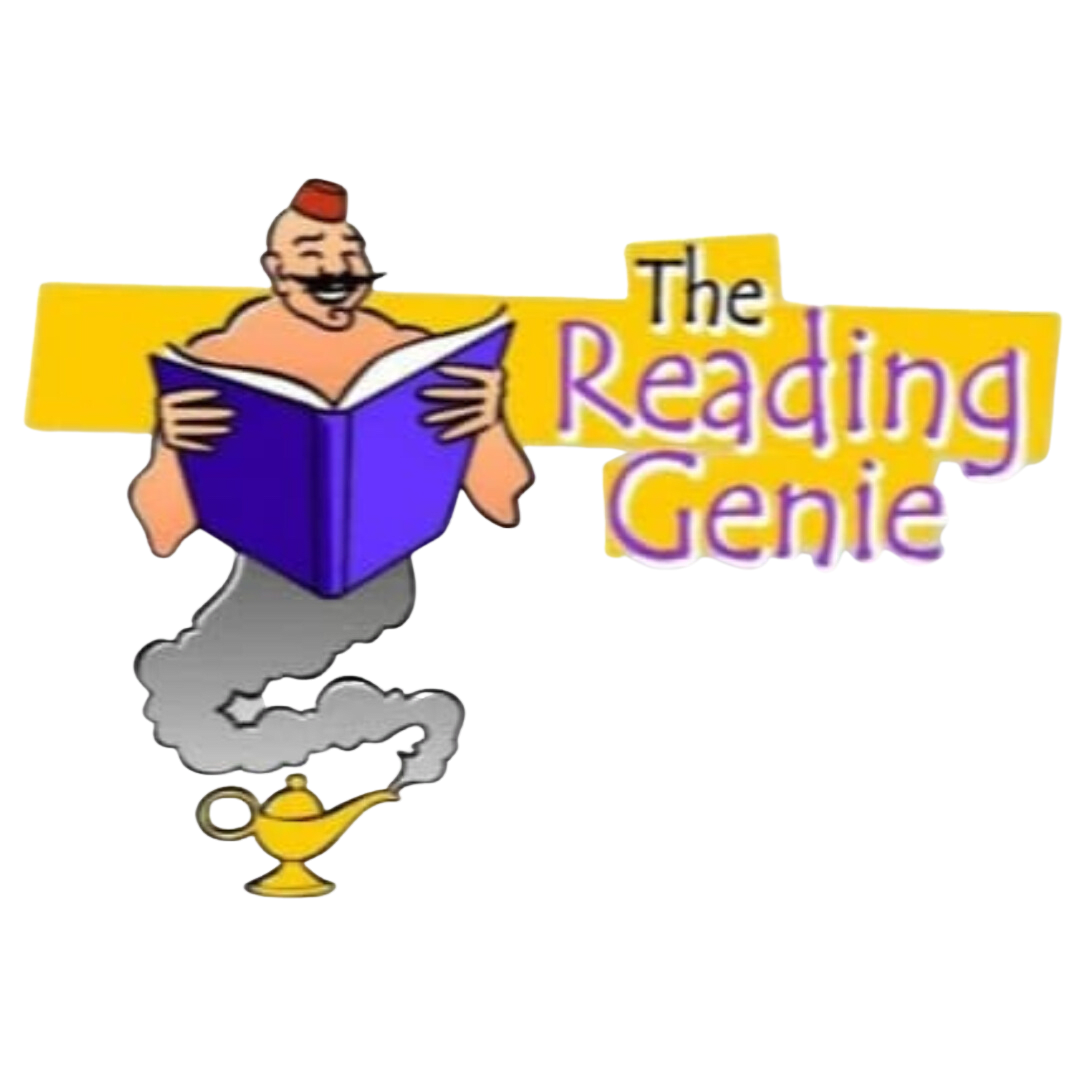
How to Help Children Tune Into the Sounds in Words

Posted on September 27, 2023
Click here for a translation into Ukrainian by Anna Matesh; for a translation into Macedonian by Katerina Nestiv; for a translation into Hungarian by Elana Pavlet; for a translation into Norwegian by Lars Olden; for a translation into Spanish by Frankie Wilde; for a translation into Estonian by Martin Aus; or a translation into Finnish by Elsa Jansson. I am grateful for the dedication of these international translators.
An unnatural act. Thinking about the sounds in words is unnatural. From our earliest experiences we learn to “see through” the sounds of language to think about meaning. For instance, we learn to focus not on the sounds /mo/mE/, but on that warm, cuddly person, Mommy. But to learn to read, children must refocus on the sounds of words, a “metalinguistic shift.”
Learning about rhyme. To help children think about words as sound, we can help them break words into smaller parts. One way to break down the syllable is into onset (everything before the vowel) and rime (the vowel and everything after it). For example, sleep could be broken into /sl/ and /eep/. Rhyming means blending a new onset to an old rime. Before children can produce rhymes, they need a great deal of experience recognizing rhymes. Listening to rhyming stories, reciting rhyming poetry, and singing rhyming songs should be daily activities in the early childhood classroom.
Silly Sally. Children can first try making rhymes by blending a single onset to a variety of words. For example, they could play Silly Sally, where they blend /s/ to the rime of each word. The teacher names an object (e.g., cup), and the children change the onset to /s/ (e.g., sup). This might make sense (me, see; bite, sight) or nonsense (mouse, souse; bike, sike). Any phoneme could become the onset in such a game. You can play Silly Billy, Silly Curly, Silly Dolly, etc.
Body-coda blending. The vowel is the loudest part of the syllable–the peak. You can always stretch the vowel and say it out loud. Children find it fairly easy to break a syllable on either side of the loud vowel. For instance, they might break flight into fl-ight or into fligh-t.
Some useful terms have recently been introduced for describing the parts of a syllable. All the phonemes through the vowel form the body of a syllable. Any consonants that come after the vowel form the coda. For example, in dream, /drE/ is the body of the syllable and /m/ is the coda.
Onset Rime
Two ways to break ——- -———
up the word blast: /bl/ /a/ /st/
————- ——-
Body Coda
There is an important payoff for this new terminology: Body-coda blending is easier than onset-rime blending. This is because onsets are often highly distorted during blending. For example, if we ask a child to blend d-ice, it is very difficult to pronounce /d/ without considerable distortion. Because /d/ involves the vocal cords, it takes some vowel to pronounce /d/ (we usually add a schwa /u/), and this artificial voicing interferes with blending in the actual vowel. However, there is no distortion of consonants in the coda. Thus, di-ce is a very easy blend. In general, the easiest way to blend in decoding is body-coda, e.g., swee-t. Onset-rime blending (sw-eet) is usually harder, but at least there are only two parts to blend. Phoneme blending is harder still, because there may be 3, 4, 5, or 6 phonemes to blend in a single syllable. Thus, a natural progression is to begin with body-coda blending, progress to onset-rime blending, and finish with phoneme blending.
Secret Code. One way to practice blending is Secret Code, a guessing game. The teacher could turn an illustrated word face down and say its body and coda, e.g., ha-t. When a student blends the phonemes and guesses the word, the teacher shows the picture. This game also works well with riddles, which don’t require pictures. For example, the teacher could say, “I’m thinking of the animal Bo Peep lost. It’s a shee-p.” Note that these examples are especially easy because they feature body-coda blending, the easiest kind. Later the teacher could give onset and rime (sh- eep), and for the final challenge, all the phonemes (sh-ee-p).
Get in Touch With The Reading Genie
Have questions, need assistance, or want to explore the world of decodable stories with us? Fill out the form below, and we'll be delighted to assist you on your reading journey! And we'll get back to you soon
Get in Touch
Office location
Auburn, AlabamaSend us an email
[email protected]